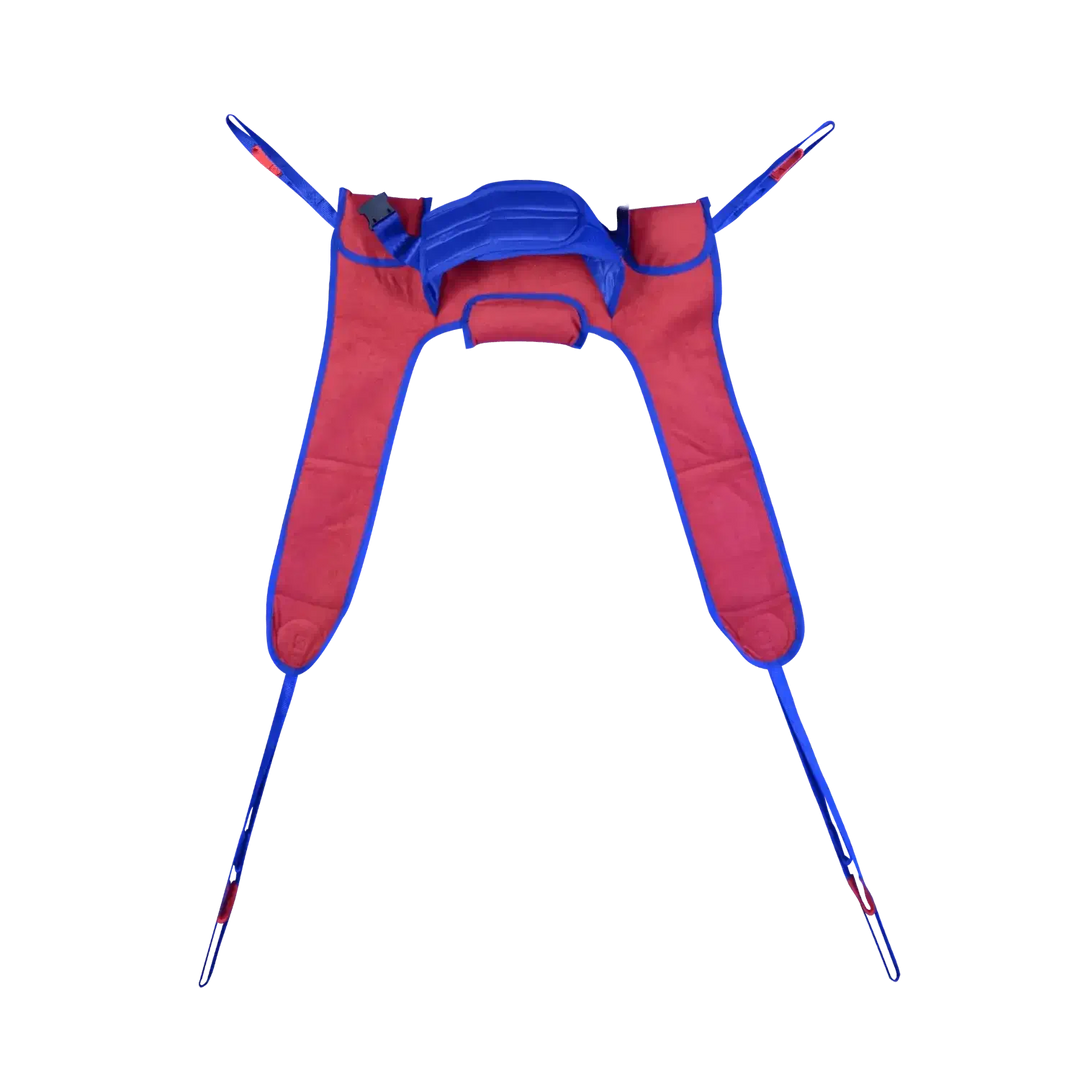Getting straight teeth is a journey, not a quick fix – but understanding the timeline can help you plan better.
One of the first questions patients ask is: “How long will I need to wear braces?” The honest answer is that it depends on several factors, but most people can expect treatment to last between 18 months to 2 years. – Read more here:
What affects your treatment time?
Your age plays a significant role. Children and teenagers often see faster results because their teeth and jaws are still developing. Adult treatment typically takes longer, but the results are just as excellent.
The complexity of your case matters too. Simple spacing issues might resolve in 12-15 months, while more complex bite problems could take 24-30 months. Severe crowding or jaw alignment issues naturally require more time to correct safely.
Your chosen treatment type also influences timing. Traditional metal braces often work fastest for complex cases, while clear aligners like Invisalign might take slightly longer but offer aesthetic benefits during treatment.
How to ensure the fastest possible results
Following your orthodontist’s instructions is crucial. This means wearing your aligners for 20-22 hours daily if you have Invisalign, keeping your teeth scrupulously clean, and attending all your adjustment appointments.
Avoiding hard, sticky foods protects your braces from damage that could extend treatment time. Breaking brackets or wires means extra appointments and delays in your progress.
The retention phase is equally important
Many patients don’t realise that keeping your new smile requires wearing retainers after your braces come off. This retention phase prevents your teeth from shifting back to their original positions.
Most orthodontists recommend wearing retainers full-time for the first few months, then transitioning to night-time wear. Some patients need permanent retainers for certain teeth.
Making the time worthwhile
Remember that orthodontic treatment is creating changes that will last a lifetime. Those 18-24 months of treatment can give you decades of confidence and better oral health.
Modern braces are more comfortable than ever, and clear options mean you don’t have to hide your smile during treatment. Many patients actually enjoy seeing the gradual improvements each month.
The bottom line
While treatment takes time, the results are worth the wait. Work closely with your orthodontist, follow their guidance, and before you know it, you’ll be showing off your perfect new smile.




.jpg)
